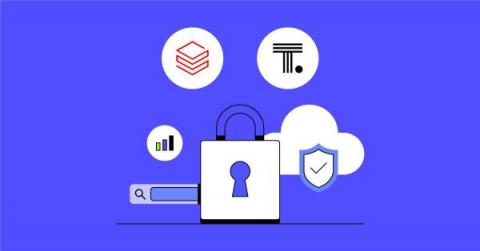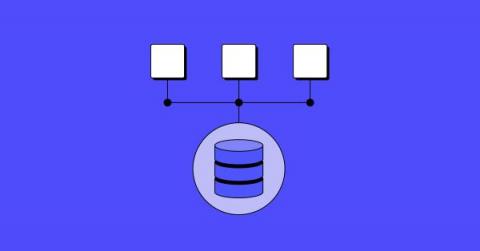Introducing ThoughtSpot Sage: AI-Powered Analytics with GPT
Today we’re excited to announce ThoughtSpot Sage, our new search experience that combines the power of GPT’s natural language processing and generative AI capabilities with the accuracy and security of our patented self-service analytics platform. With this new integration, data teams will be able to exponentially increase their impact across an organization as business users self-serve personalized, actionable, and trustworthy insights like never before.











